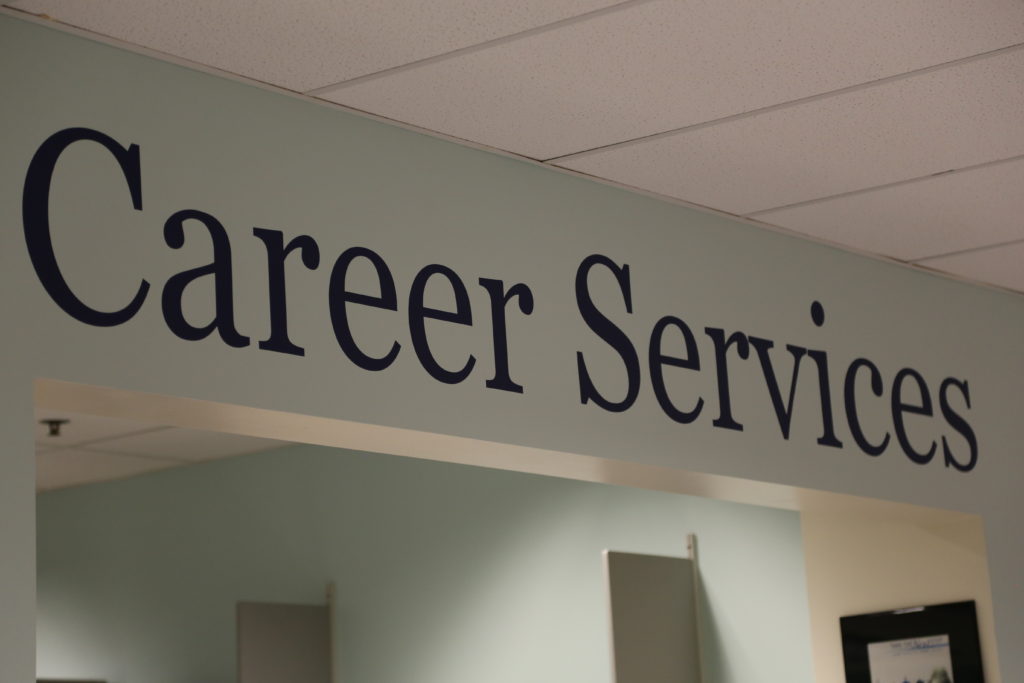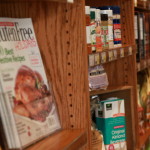Written by: Rachel Abraham, Kristine Lindal, Alexandria Rairigh
Fort Wayne, Ind.–A 1.2 mile stretch of the Rivergreenway neighboring IPFW cannot be completed until the city addresses riverbank erosion and Indiana Michigan Power finishes their transmission project
Riverbank erosion is an issue for the remaining trail between St Joe Center Road and East California Road, according to the most recent Rivergreenway project status report.
Dawn Ritchie, greenways manager for the city, said there are 400 linear feet of riverbank erosion on the 1.2 mile stretch of uncompleted trail. According to the report, the city must find a solution to the erosion before the trail can be completed.
“There’s nothing that has been done to shore up the riverbank or stop the erosion,” Ritchie said. “We’re talking about hundreds of thousands of dollars to fix this, and nobody has the money to do that, unfortunately.”
Robert Gillespie, university biology professor and an associate of the center, studies the degradation of aquatic communities. He participated in a sub-committee with city utilities that assessed a plan for possible impacts on areas of riverfront development.
Riverbank erosion is one such area, according to Gillespie. He said riverbank erosion will increase suspended solids, organic and inorganic materials that are suspended in water. This can be a problem for almost any aquatic organism because suspended solids get stuck in their gills and can cause suffocation, according to Gillespie. Gillespie said there are many places where erosion is a problem in the Fort Wayne area.
Indiana Michigan Power is currently working on a section of their Powering Up Northeast Indiana transmission project in the same area, according to Tracy Warner, principal communications consultant at the power company. The project is geared towards upgrading and enhancing the system and reliability, Warner said, because some of the equipment dates back to the 1940s.
The trail cannot be completed until the power company finalizes that part of the project, according to Ritchie.
The power company plans to begin construction on their transmission project next year. The project will take two years to complete. Warner said the company does not expect any issues from the erosion.
According to Warner, the power company strives to be a good neighbor to the greenway and the university and will continue to discuss the issue as the project progresses. “We’re looking forward to building this section,” he said.
Bruce Kingsbury, director of the university’s Environmental Resources Center, was involved in a committee for the vision of the riverfront downtown. According to Kingsbury, “Part of that vision includes the concept of environmental stewardship.”





